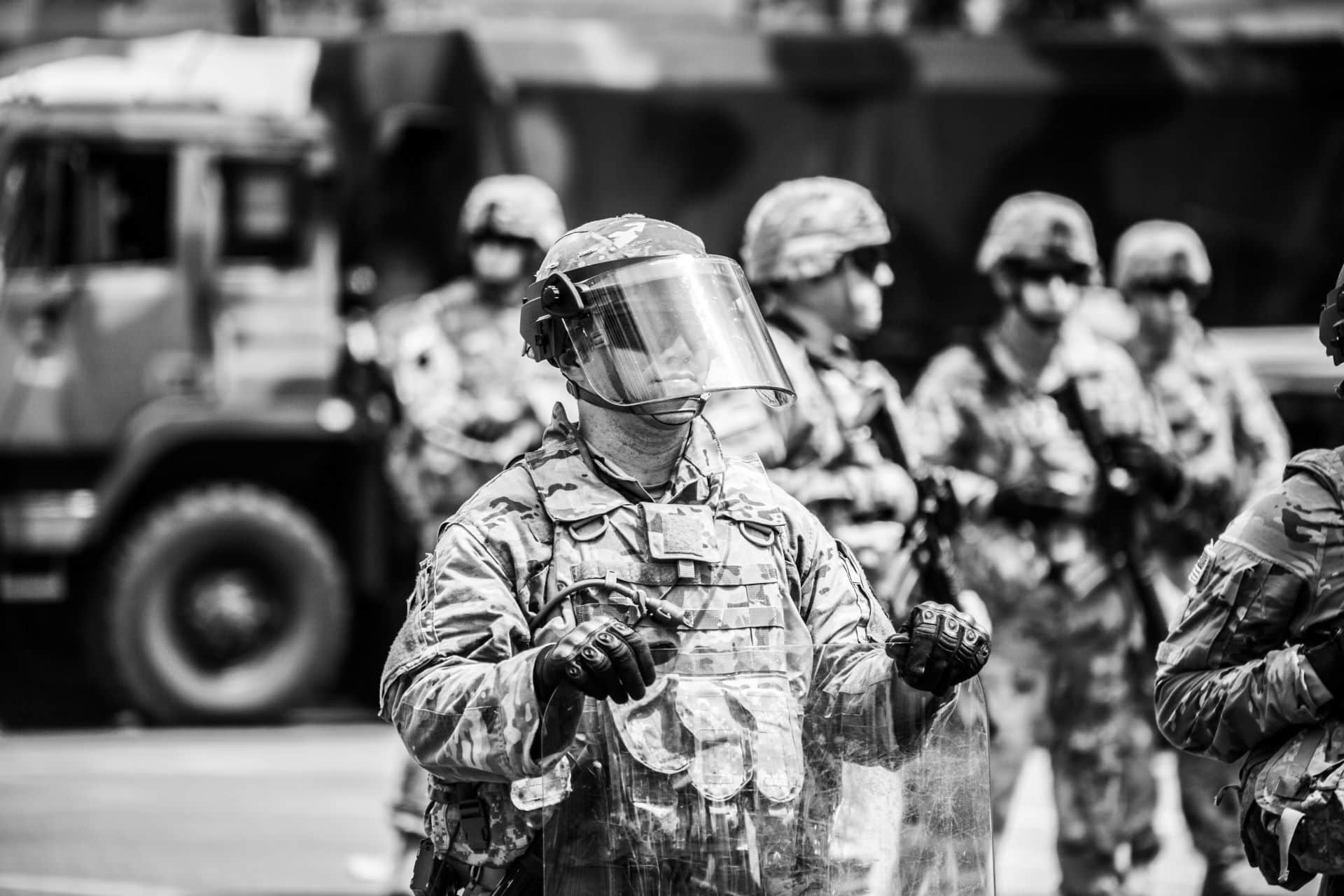SWAT Shields specifications
Ballistic shields come in different shapes, designs and sizes. All these factors are important when choosing a ballistic shield as a SWAT officer. Ballistic shields are built for different purposes and to resist varying levels of ballistic threat. As a SWAT officer, it is your job to know all these differences as they would guide you in selecting which shield is right for an operation.
Ballistic shields are made from different materials such as UHMWPE or prepreg aramid fibers. Materials such as Dyneema and Kevlar also come in handy for ensuring high-level ballistic rated protection. When it comes to special features, ballistic shields can also vary in design. For instance, there are some that come with clear armored viewing ports, ambidextrous handles or even spotlights for use at night. There are also ballistic shields that are either handheld or mounted on wheel-based frames.
Speaking on shield sizes, it is relevant to state that some shields are designed to protect only the upper torso while some others are designed to protect the entire body. This offers a wider coverage and better protection unlike a ballistic vest. In addition, projectiles successfully stopped by a ballistic shield will not transfer trauma or pain to the bearer, as they are designed to not be in direct contact with the body. This is one of the major advantages of a ballistic shield in comparison to a bulletproof vest.
SWAT teams make use of different kinds of shields for different operations. For instance, entry shields are a type of ballistic police shield that is used as a breaching tool and for body protection. It is also used by patrol officers and military personnel. These bulletproof shields are highly effective in defensive situations and are successful in stopping projectiles, if fired upon.
Check out the rest of our blog posts here.
